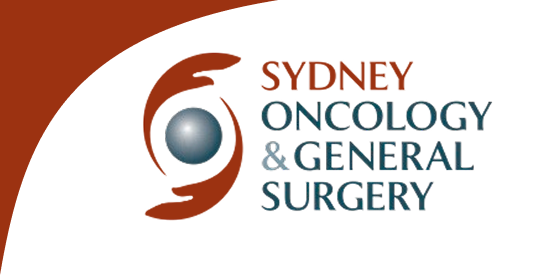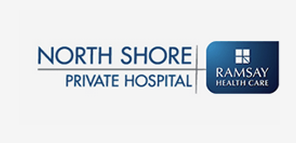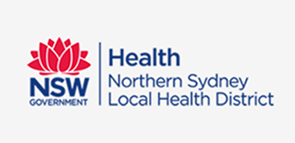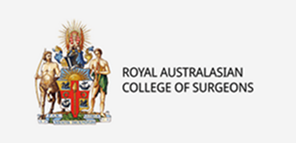- 0401 792 644

- 0401 792 644

There are several benign breast conditions that may occasionally require surgery. These include the removal of benign or indeterminate breast lumps or cysts (breast lumpectomy), and surgery for nipple discharge (microdochectomy or central duct excision). The aim of surgery is to remove the abnormal tissue while minimising visible scarring and preserving the shape and appearance of the breast. These procedures are typically performed as day surgery under local or general anaesthesia.
This procedure involves removing breast lumps or cysts, while reconstructing any breast defect created by the excision. Surgery is designed to minimise scarring, with incisions often placed in natural skin folds such as the crease under the breast or around the areolar margin. All tissue removed is routinely sent for laboratory analysis (histopathology) to confirm the diagnosis.
Nipple discharge is usually caused by benign conditions and often does not require surgery. However, in cases of persistent or blood-stained discharge, surgery may be recommended to identify and treat the underlying issue and to rule out more serious causes.
Microdochectomy involves removing the specific duct responsible for the discharge. Central duct excision involves removal of all central ducts located behind the nipple. These procedures are typically performed through an incision around the areola, resulting in minimal scarring. Following central duct excision, breastfeeding will no longer be possible on the affected side. All removed tissue is sent for histopathological analysis.
This technique is used to excise breast abnormalities that are detected only on imaging (e.g., mammography or ultrasound) and cannot be felt manually. Prior to surgery, a radiologist localises the abnormality using imaging and inserts a fine hook-wire into the area under local anaesthesia.
This is usually done on the same day as the surgical procedure. Dr Noushi uses the wire as a guide to accurately locate and remove the lesion with minimal disruption to surrounding tissue. This method improves the precision of excision and the cosmetic result. Tissue is sent for pathological evaluation after removal.
In some cases where large tissue volumes are removed, additional reshaping techniques may be recommended to maintain breast contour. Dr Noushi will discuss the most appropriate surgical option for your condition based on imaging findings, symptoms, and clinical examination.
Most patients recover quickly and are discharged the same day. You may experience mild discomfort, which is typically managed with simple pain relief. You can usually resume normal activities within a few days. Dr Noushi will provide specific instructions on wound care, support garments, and follow-up.
All of the above procedures are performed with careful attention to minimising scarring and optimising breast appearance.



